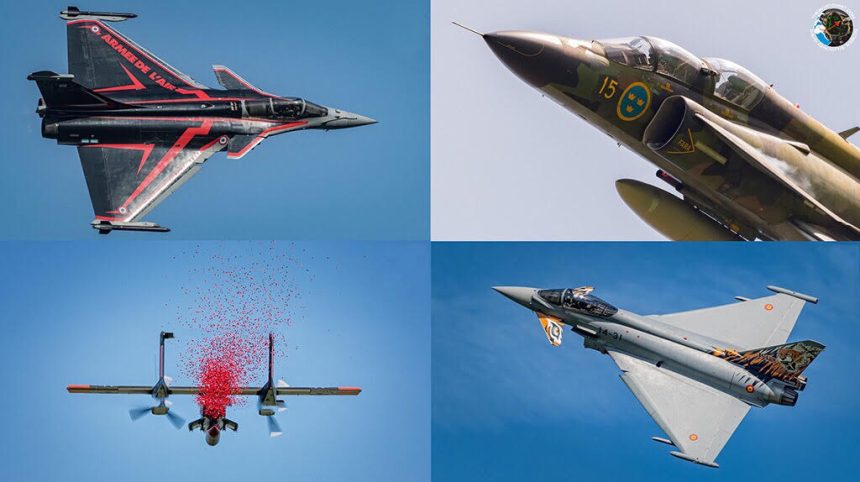All the most interesting “hardware” we have seen at Ostrava Air Show 2018.
On Sep. 14 – Sep. 16 we attended the NATO Days event organized in the vicinity of the Czech city of Ostrava. This year marked the 28th edition of this show which is said to be the most important of the Eastern European defense and security events. The annual show is organized at the Leoš Janáček Ostrava Airport and 2018 also marked the centenary of Czechoslovakian independence. The show, this year, was attended by 220,000 visitors.
This author regularly attends this event, and it should be said, since several years Ostrava is the place to go. The atmosphere, food court, rich static and dynamic programs altogether constitute factors that attract numerous visitors, coming from both the Czech Republic, as well as from all around Europe.
To commemorate the dignified anniversary of the Czechoslovakian independence, the show ended, on both days, with a symbolic drop of poppies carried by the OV-10 Bronco aircraft, being a part of the exceptional historical flypast.
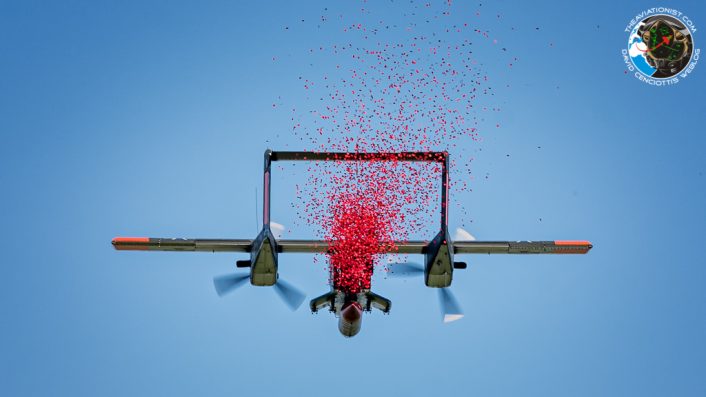
More than 40 dynamic displays took place during the event, but we, as The Aviationist, would like to focus on the highlights of the flying portion of the event. It is a tradition for Ostrava to have a special partner nation associated with the show. This year, this role was assumed by the United States. Hopes were very high, given the closeness of the Ample Strike exercise (involving the US bombers), however, the Americans only sent its equipment to the static display – including, as usually, the B-52 bomber.
One of the interesting highlights came in a form of the Croatian Wings of Storm aerobatic team, who had their Ostravian debut this year. Another national aerobatic team performing in Ostrava was the White-Red Sparks group, brought in by the Polish Air Force. Germany and Poland also showcased their land forces within the showground. The showground also involved numerous historical elements, provided by the Silesian Museum, including depiction of the Skoda brand history.
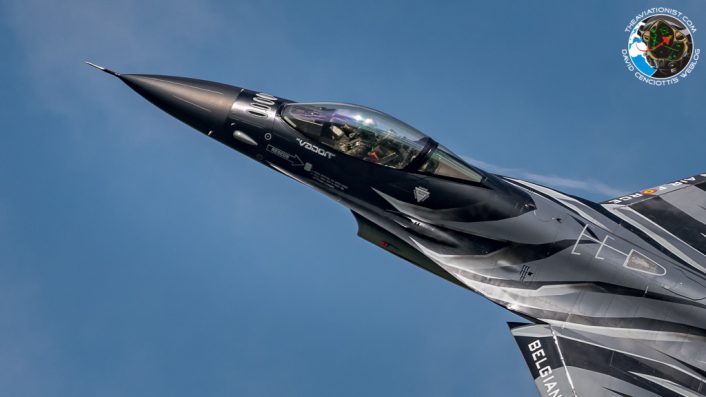
Furthermore, given the fact that Czech Republic is looking towards acquisition of a new helicopter platform for their military, the Americans have additionally brought the UH-1 Venom helicopter to Ostrava, which was also displayed on within the static exhibition area. The fact that this helicopter was showcased is significant, as it shares 80% of its parts with the AH-1Z Viper platform. This creates an interesting set of relations, as Prague and Bucharest would like to acquire the armed variant of the Venom, while Viper is offered to Poland and Romania, as a part of attack helicopter tender procedure. All of the above is interwoven by the fact that the US-based company would like to fuse logistics between the users, creating a Central European maintenance base.
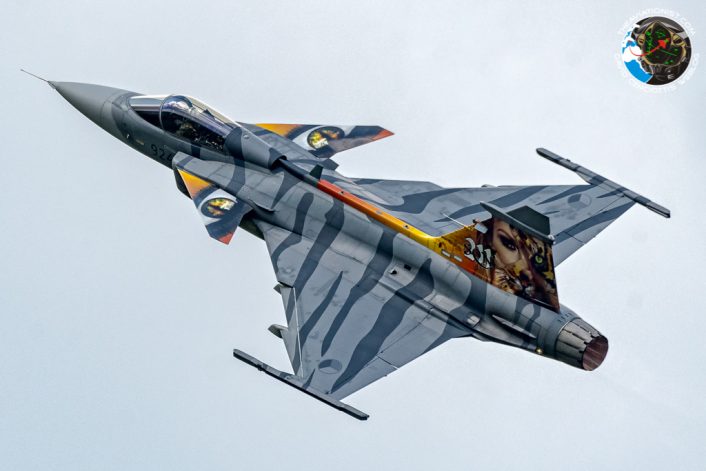
We were in Ostrava starting from Friday, hoping that the weather would permit us to witness rehearsals and arrivals. However, heavy rain at the Mošnov airport made it impossible to carry out most of the flying scheduled on Friday. During the weekend, however, the weather was good, and humid air ensured some spectacular phenomena form during the dynamic displays.
The program on Saturday was opened by a Polish F-16, followed by an Eurofighter Typhoon from Spain. Then the Slovak VIP Airbus made a flypast over the airfield. After several ground displays the sky was taken over by a Slovenian PC-9M, and then a historical flypast took place, with the OV-10 Bronco dropping the poppies. This was followed by a spectacular display of the Vador Force Belgian Air Component F-16 display team.
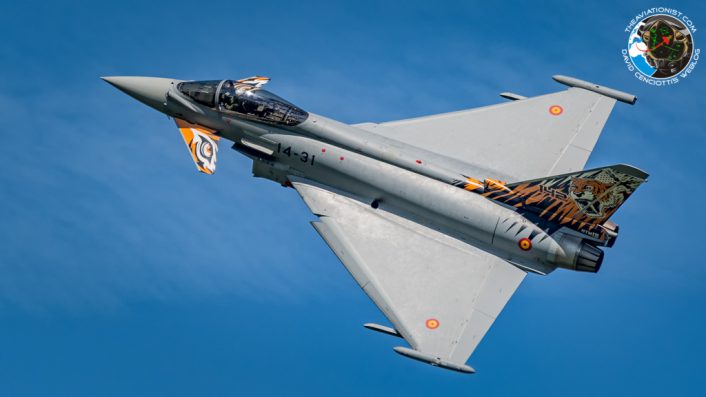
Also, notably, the Czechs have managed to bring a Spitfire to the Ostrava show. This element was undoubtedly missing from the Polish counterpart in Radom. The Czechs have proven that not only is it possible to attract the US forces to contribute to the show (even though they were only present within the static), but it is also feasible to properly honor own heritage during the event.
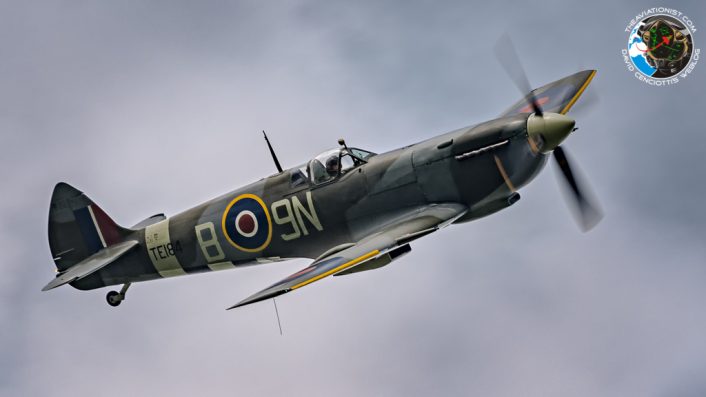
Further attractions included a Danish F-16 and Finnish Hornet, both staging a spectacular dynamic display. The Finnish Hornet demo has to be one of the author’s favorites this year – in Ostrava the spectacular nature of the display was further enhanced with the jet dispensing large quantities of flares.
Alongside Spitfire, the Czech organizer has also addressed the Warsaw Pact era within the display, as we could have witnessed a MiG-15 jet in the air, alongside the flamboyant Mi-24/35 demo show. Traditionally for Ostrava, we’ve also seen the Swedish Air Force Historic Flight team take part in the event. This year, involving: Lansen, Viggen and Draken.
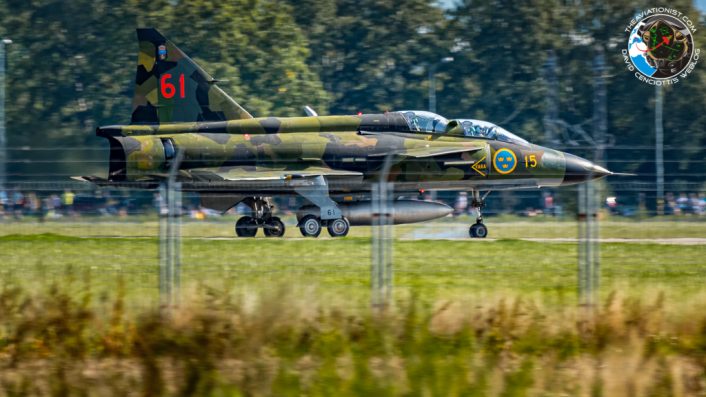
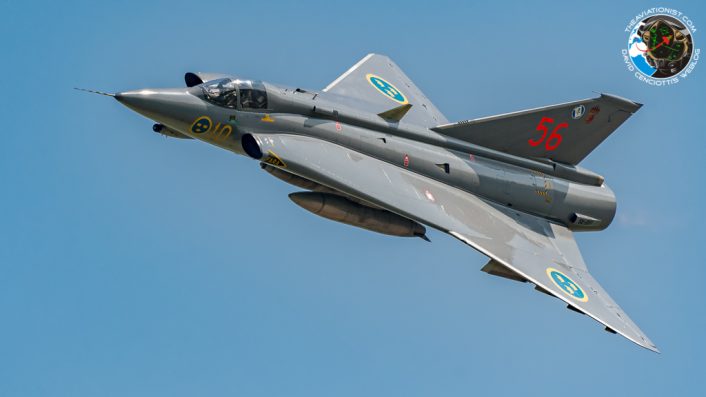
The Polish Air Force participated in the NATO Days with its ASAR W-3 Sokół platform and the service has also sent its White-Red Sparks aerobatic team to Czech Republic. Slovaks, who are also a neighbor of the Czechs, have sent their Fulcrums to Ostrava, to perform a formation flypast, maneuvering over the airfield. For many Poles this has been one of a rare occasions to witness Fulcrum in the air, since the jets have now been grounded since July. The rumors, however, suggest that the Polish MiG-29s are going to be back in the air soon enough – fingers crossed here. The last two displays were performed by the French Armee de’l Air Rafale demo team and by the RAF Typhoon demo team.
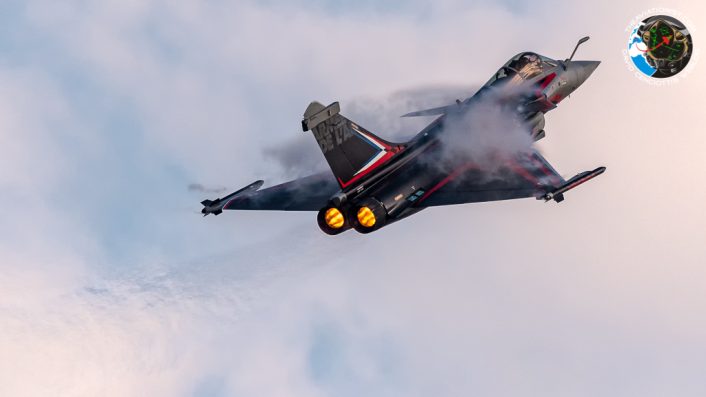
Then, a Czech Mi-24 performed a spectacular routine over the airfield. The dynamic/aviation portion of the show was brought to a closure by a “Nordic Flypast” involving the jets of the Swedish Air Force Historic Flight, Finnish Hornet and Danish F-16 – and this atypical formation also made several passes over Mosnov, also dispensing flares and performing some spectacular breaks.
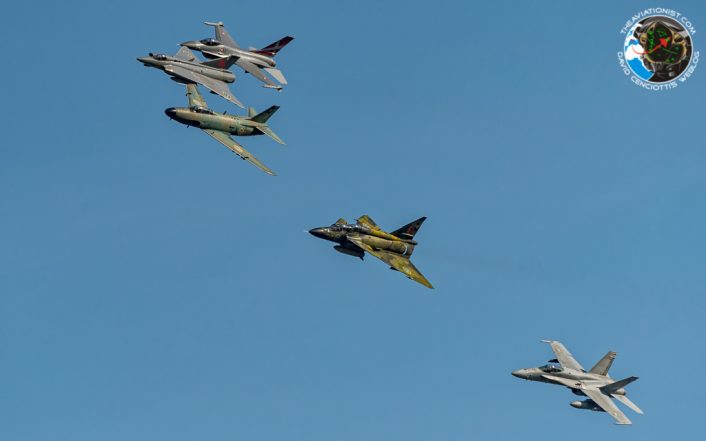
Summing it up, NATO Days in Ostrava lived up to the expectations, and had it not been for poor weather on Friday, the event would have been almost perfect. It is also a significant benchmark set for the organizers of the airshows all around Europe. Since the Ostrava show was a Czechosolvakian centenary event, this forces one to draw a comparison to RIAT or Radom Air Show this year which have been mildly disappointing, given the special occasion. For instance, the Czechs have managed to have a Spitfire perform a dynamic display during their show, whereas in Poland no warbird as such, very much associated with the history of the Polish military aviation, was presented in the air.
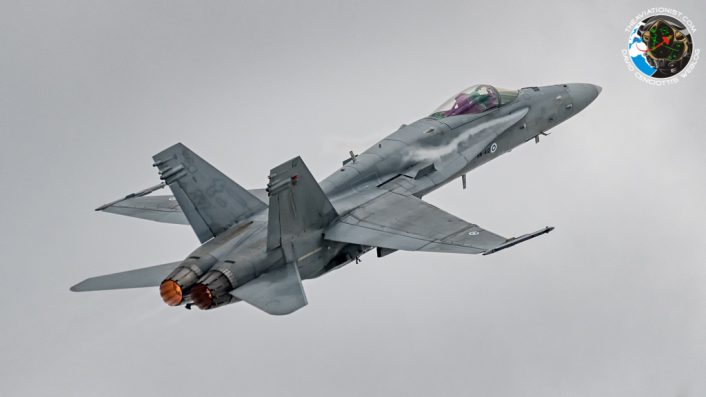
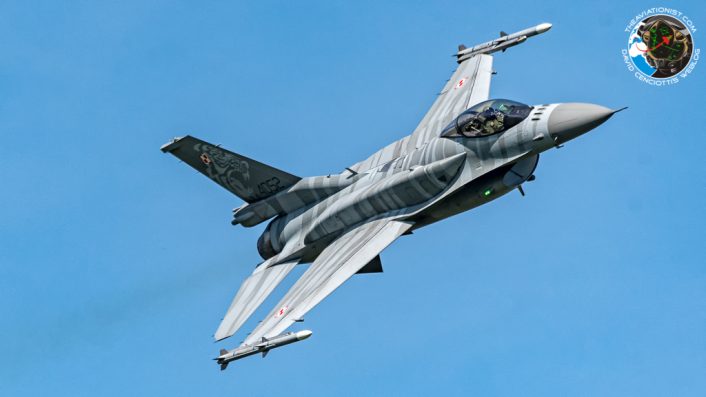
If one wanted to complain, we could say that one would expect the Special Partner Nation to send some hardware into the air. Despite the high hopes, no surprises appeared in the Czech Republic last weekend. A-10 demo team, or F-22 Raptor dynamic display were among the hopeful wishes that have been circulated around social media prior to the show. Maybe the organizers could use these as a suggestion for the next edition?
Regardless of the above, if you live in Europe and the last air shows of August and early September still leave you hungry for more, Ostrava is definitely a place to go and it cannot be recommended highly enough. The general conclusion, after being slightly disappointed with the Polish and British centenaries this year, is that there’s still some hope that the air shows may still be very good and leave one with a positive impression. The NATO Days event set the bar high.

